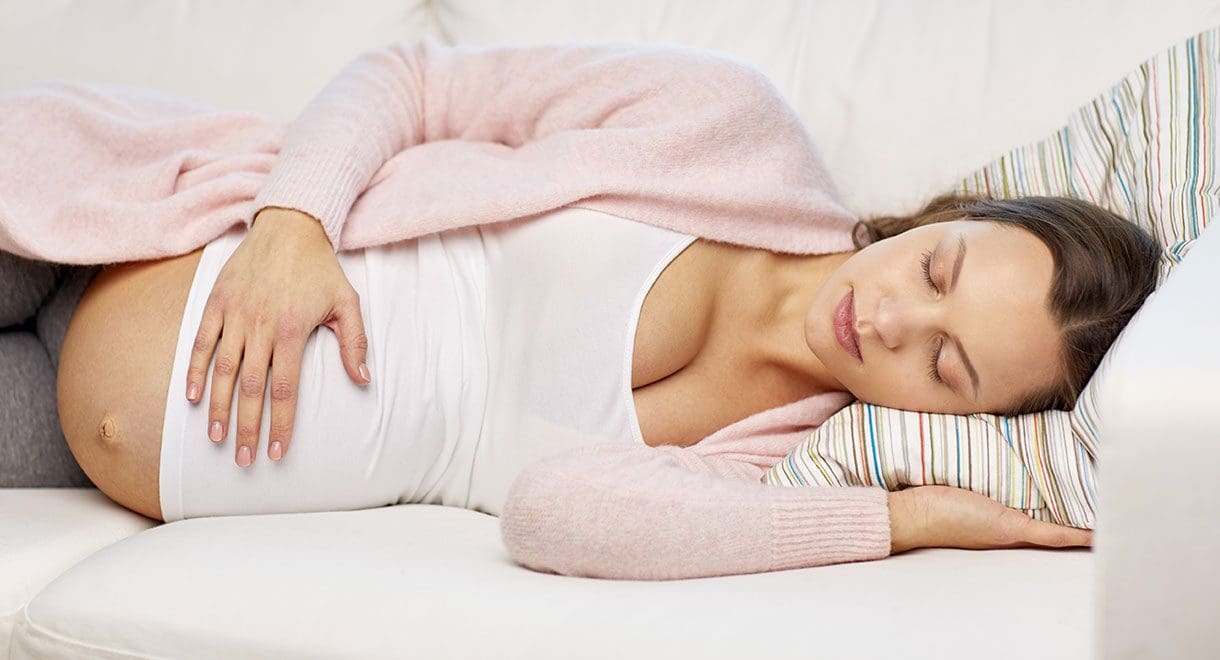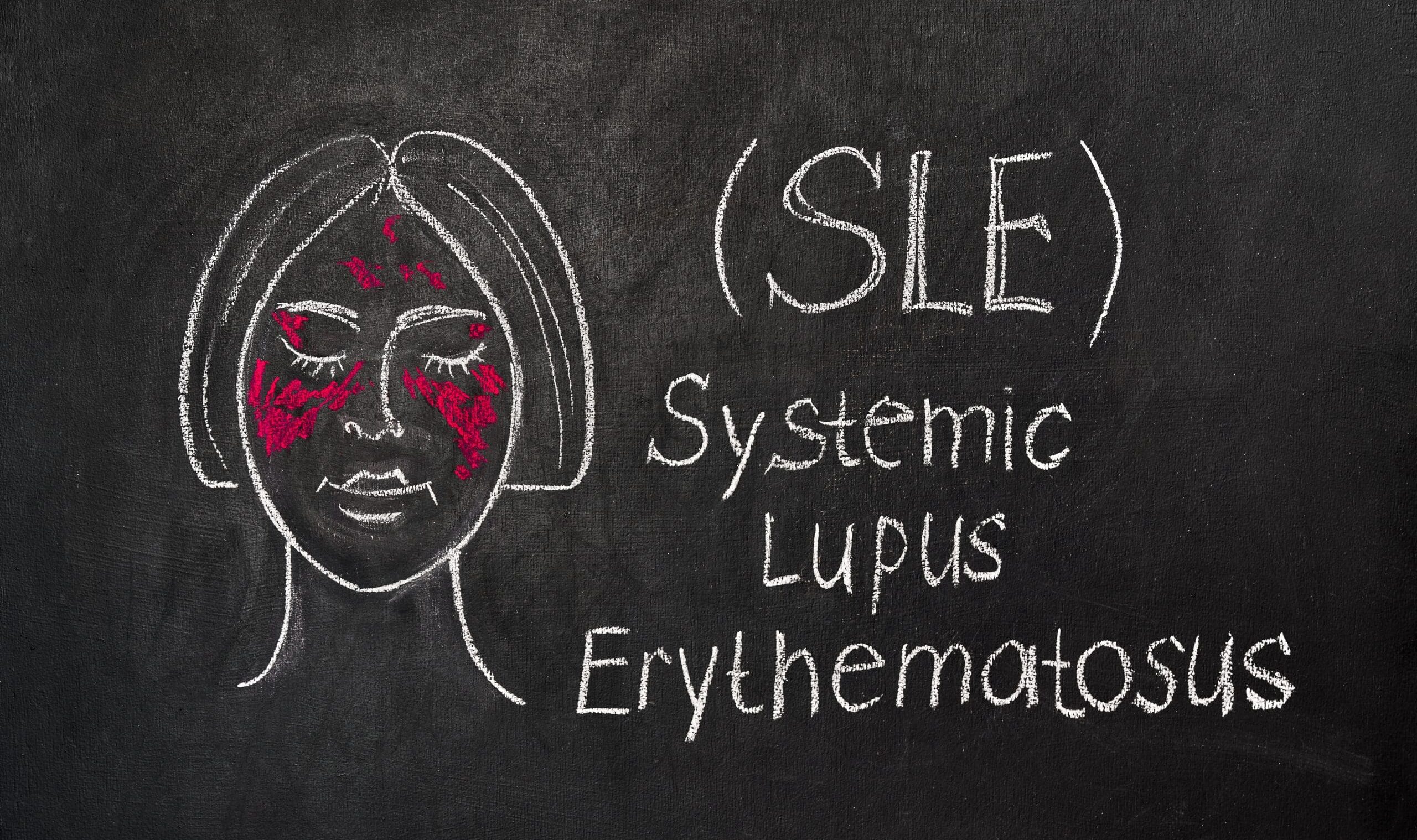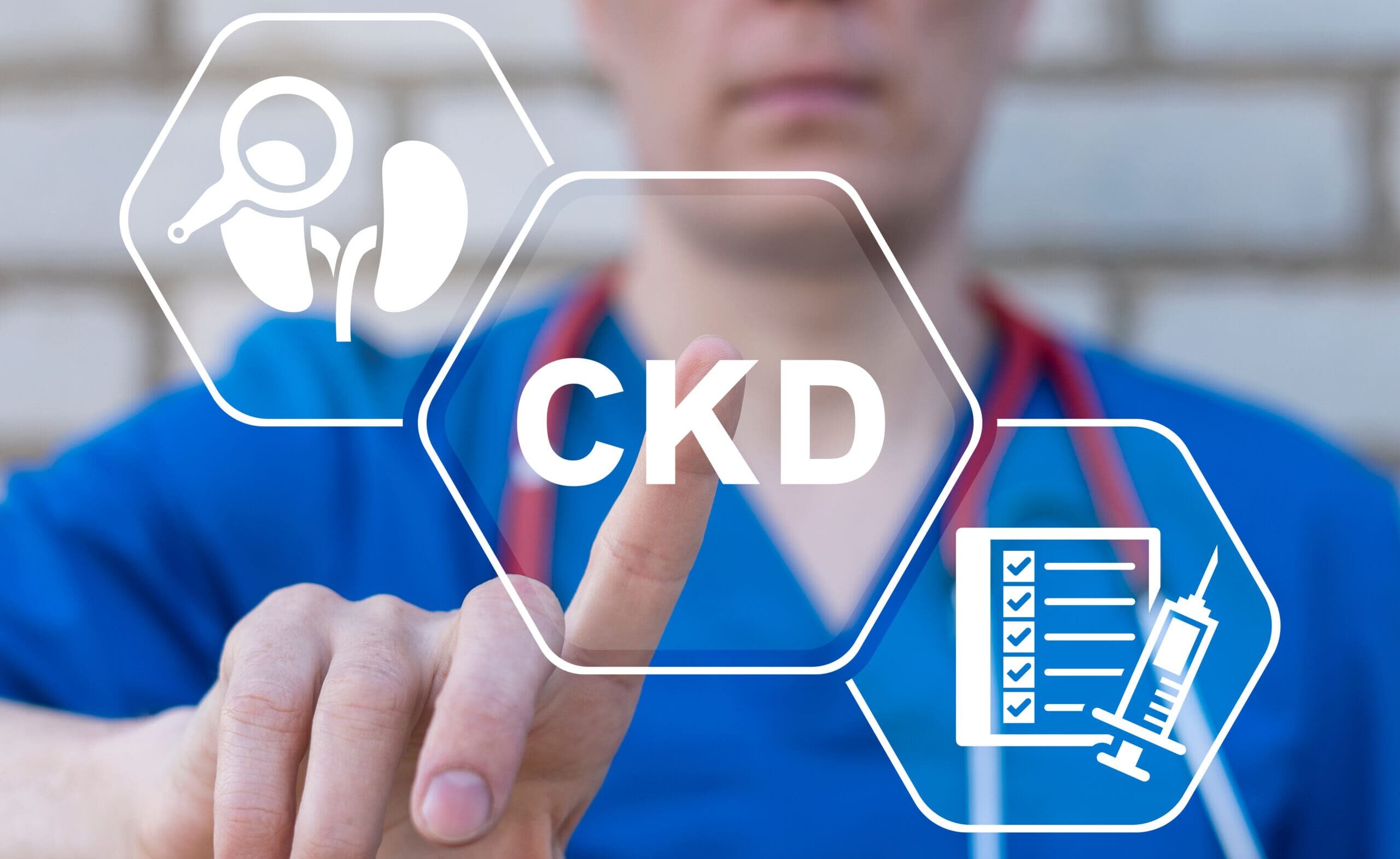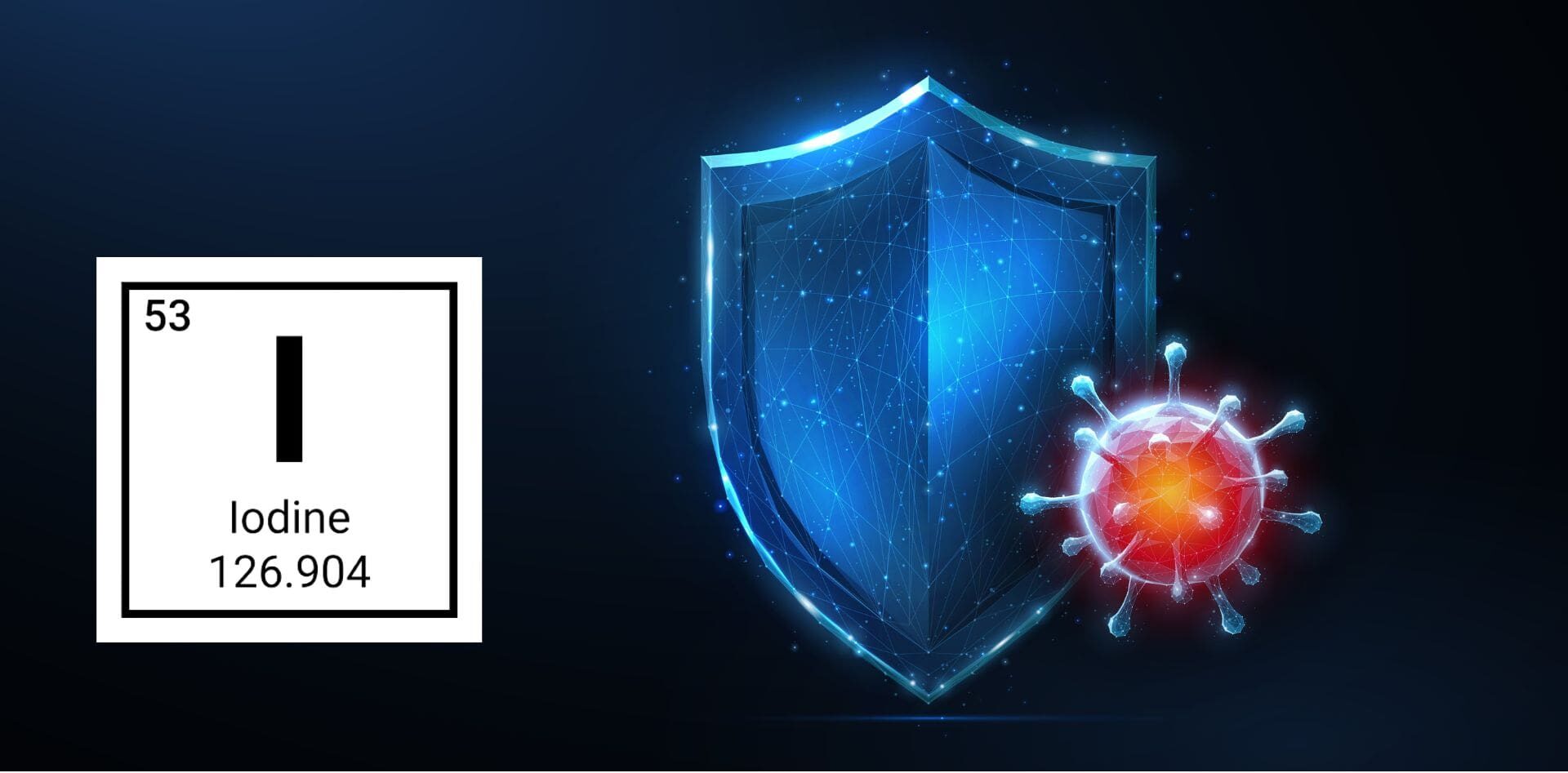Gallbladder problems during pregnancy
By naturopath Margaret Jasinska
It is common knowledge that pregnancy can be the initial trigger for a gallbladder problem or can aggravate a pre-existing gallbladder condition. Sometimes a gallbladder problem can worsen after a woman gives birth.
The main reason that gallbladder problems are more common in women than men is because women have much higher levels of oestrogen in their body. Oestrogen promotes a higher concentration of cholesterol to be secreted into the bile, which then enters the gallbladder. Too much cholesterol in the bile makes it thicker and prone to developing sludge and sometimes, eventually stones. The sky high levels of oestrogen during pregnancy can significantly aggravate this situation.
If gallbladder disease causes an obstruction to the flow of bile in pregnancy, this condition is called cholestasis of pregnancy. It occurs in roughly one in one thousand pregnancies and is most common in the third trimester of pregnancy, when hormone levels are at their peak. The condition is more common in women with a family history of gallbladder disease, older women (older than 35 years) and in women who have had several children.
Cholestasis just means obstruction to the normal flow of bile. Pregnancy hormones affect gallbladder function, resulting in slowing or stopping the flow of bile. If the bile flow is stopped or slowed down, this causes a build up of bile acids in the liver which can spill into the bloodstream. This means there will be too much bilirubin in the bloodstream, which can cause jaundice and other symptoms.


The most common symptoms of cholestasis in pregnancy are:
- Itching, especially of the hands and feet
- Nausea
- Loss of appetite
- Light (tan) coloured stool
- Dark coloured urine
- Jaundice (yellowing of the eyes and skin)
- Pain or discomfort in the right upper quadrant of the abdomen


Does cholestasis of pregnancy harm the baby?
Cholestasis of pregnancy places stress on the foetus’ liver and can result in premature delivery or, in rare cases, stillbirth. The condition can result in abnormally high levels of bile salts in the blood of the foetus. Luckily cholestasis of pregnancy is most common in the third trimester, because if the lungs of the foetus have developed adequately, labour may be induced prematurely in order to save the foetus.
Medication to decrease the concentration of bile acids such as ursodeoxycholic acid (Ursofalk) is safe and effective in pregnancy and it is the main remedy used by doctors for cholestasis of pregnancy. The daily dose used is between 600 mg and 2000 mg of ursodeoxycholic acid. It is generally very effective for reducing itching, as well as blood levels of bilirubin, bile acid and ALT liver enzyme levels.
We do not recommend herbal remedies for pregnant women, therefore it is so important to work on improving your liver and gallbladder health before falling pregnant. The health of your liver determines the quality of bile in your gallbladder. Women with an unhealthy liver are more likely to produce bile that is excessively thick and sludge-like, increasing the risk of stasis in pregnancy. The health of your stomach and intestines determines how well your gallbladder can contract. Women with low stomach acid and an inflamed, leaky gut produce less of the hormone cholecystokinin that instructs the gallbladder to contract properly. If it can’t contract fully, it can’t empty properly. This can lead to bile sludge and stones.
For more information see our book Save Your Gallbladder, and what to do if you’ve already lost it.









Leave A Comment